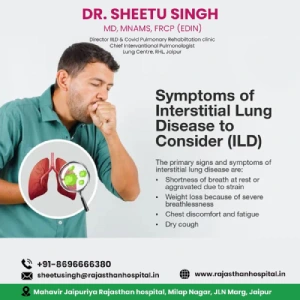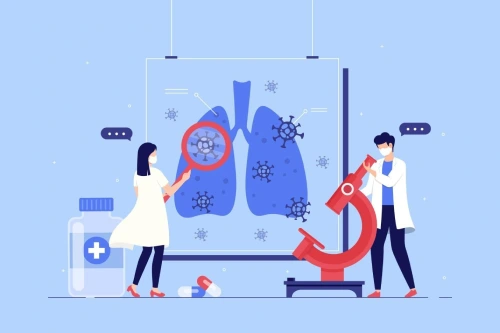span style=”font-weight: 400;”>Any issue with the lungs that prevents them from functioning properly is referred to as lung disease. There are three main types of lung disease: airway disease, lung tissue diseases, and lung circulation diseases. If you’re searching for the best lung doctor near you, look no further. Our team of highly skilled and experienced specialists is dedicated to providing top-notch care for all your respiratory needs. If you are looking for a lung specialist in Jaipur, then a concert with Dr. Sheetu Singh.
With their extensive expertise in pulmonary medicine, they play a pivotal role in providing comprehensive care for patients with asthma, chronic obstructive pulmonary disease (COPD), pneumonia, tuberculosis, and other lung-related disorders. Dr. Sheetu Singh is the best lung specialist doctor in Jaipur, Rajasthan, India. When it comes to the best doctor for lung infection treatment in Jaipur, trust our renowned specialists to provide the best care possible.





